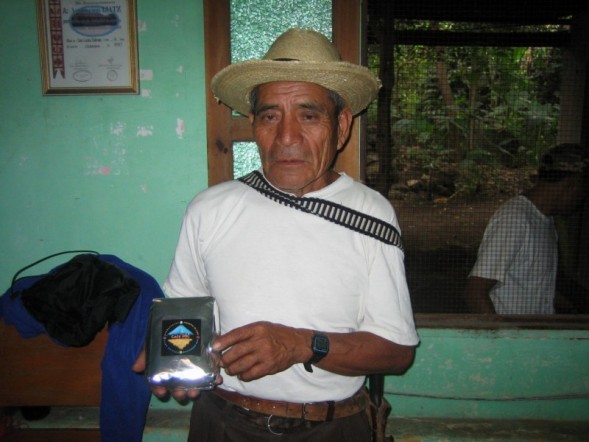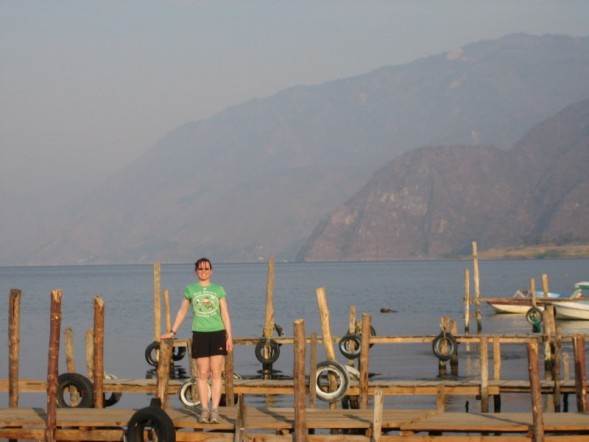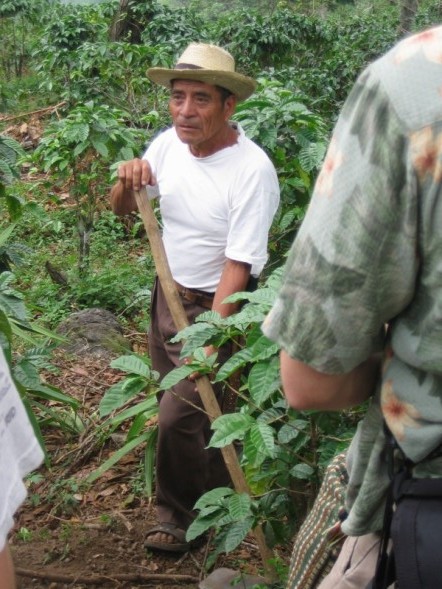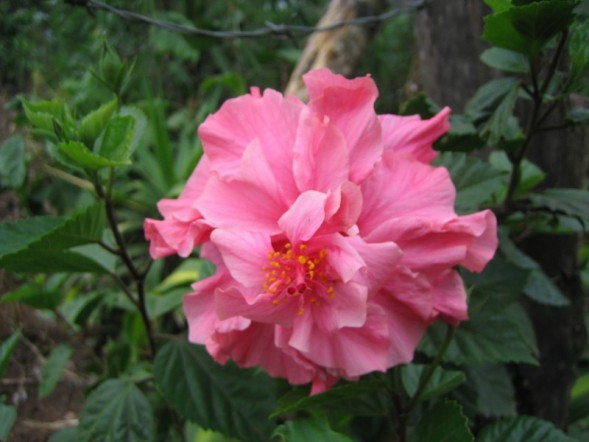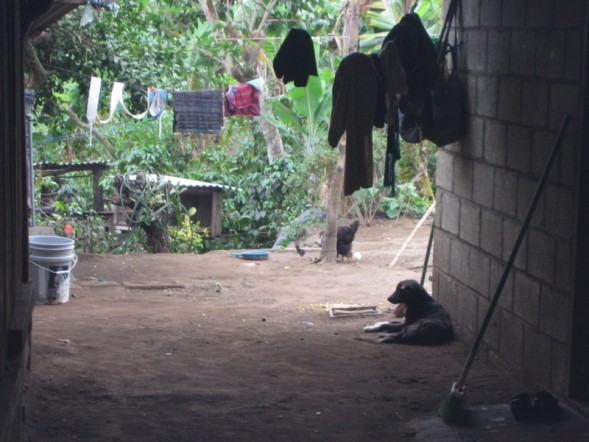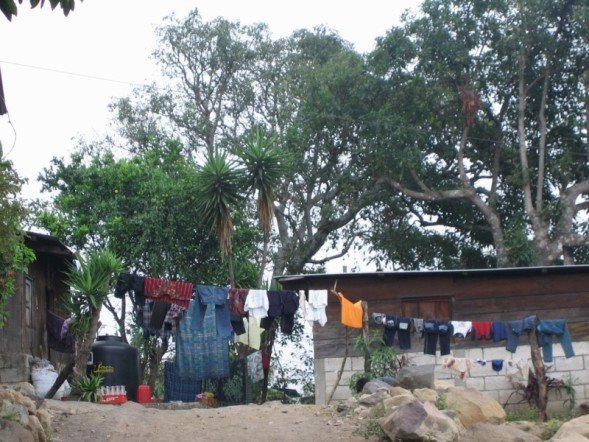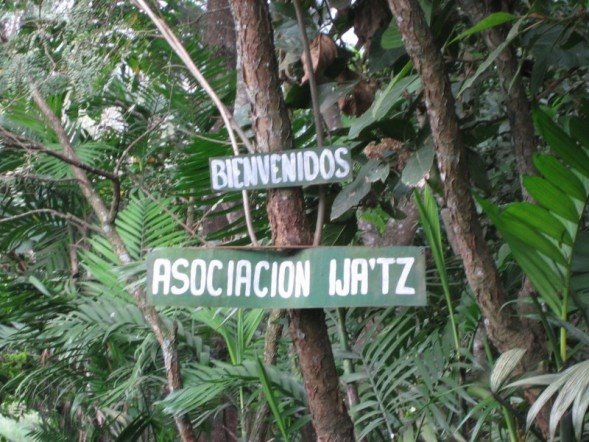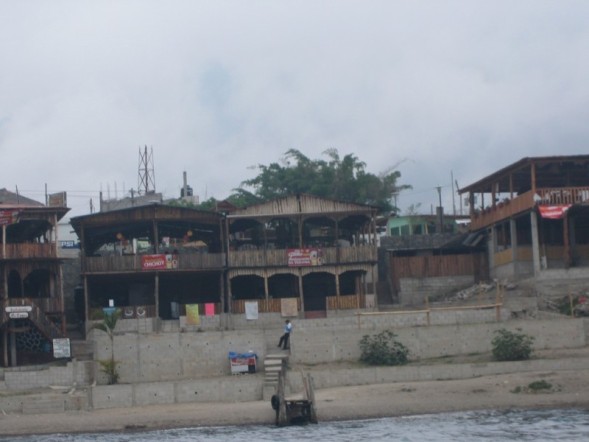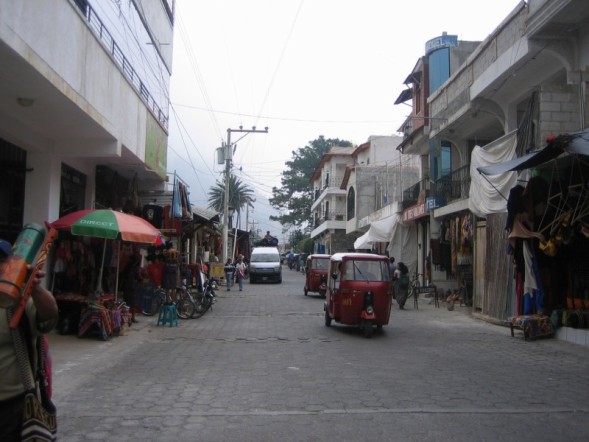
Oh boy! It will be so hard to put into words my thoughts when I first visited the school where I'm teaching Spanish to kids from the village of
Pèna Blanca. I was overwhelmed with emotion and could hardly hold back my tears as we as we drove up the narrow winding pot holed road approaching the school.
The kids were looking out their classroom window as our van pulled up. They were so excited to see us.

We got introduced to each class room, then we went to the principals office to have a meeting with the "comite" (co met teh) which is basically the village government of 5 men. Then we all went to our classrooms.
I have twenty-one 2nd grade students when all are in attendance. Right away the children wanted me to sit at a desk in the middle of them. They share a classroom with the 3rd grade students which can be a challenge when the 3rd grade prof decides to teach at the front at the same time as the 2nd grade volunteer teacher, Shonah.

The school is community ran, which means they have very little resources and not enough teachers. There is no 4th grade or 2nd grade teacher so the principal teaches 4th grade and Shonah, the
GVI volunteer, teaches 2nd grade. I am assisting her. Forget what you know about any school system or teaching practices here, because it doesn't exist. I have one word for it all. CHAOS! Teachers will just walk out of the class room and kids are left unattended for who knows how long. Some kids occasionally have a toddler brother or sister in the class with them. The kids in 2nd grade are at all different levels which makes it really difficult to teach any lesson at all. Some are extremely hyper and out of control, some are dyslexic, very few really listen, and most don't come to school consistently because they have to work.
The kids have very little as far as school supplies. Most don't have markers or colors needed to do their coloring sheets. The colored pencils and supplies that GVI provide are t

rashed and well used. At recess, a soccer game and a basketball game is going on at the same time in the same place and there is dust and dirt everywhere. There is no running water at the school and the toilets are like porta-potties with no doors and the smell is, well, disgusting. But the kids don't seem to know any different, so it appears not to matter to them.
Besides education, GVI focuses on providing nutrition, so they started a school lunch program as well as a snack program. Most of the kids have not eaten before school and don't have anything to bring for lunch. The school originally provided them with a hot drink called "atol" which is basically a milk-like drink made from corn. GVI added a piece of fruit to this snack so that the kids could get more nutrition. Then they also provide the food for lunch and we go as a group to the market 2 days a week to get all the fruit and veggies and starch for their lunch.

The kids bring their own cups for the atol and their own plates or bowls for the lunch. I was shocked when I saw what they brought to eat with. The cups and bowls are like what you´d find on the side of the road or in a junk pile. They are broken, chipped, and don´t look very safe to eat out of. The kids don´t use silverware, so they are eating with their hands. Forget about food safety! At least the kids are getting a healthy meal. The GVI staff said they are looking much healthier now. Many kids will eat some and then put some food in their backpack to take home to their family. We don't eat or drink in front of them.

My first day was very emotional. My eyes kept tearing up. It is so difficult to see poverty in the face of a child. Many wear nothing more than tattered rags for clothes and shoes that have holes in the front because they've outgrown them. All the girls wear the indigenous attire, however the boys do not.

During the
Civil War, a man wearing indigenous dress was a target for the death squads, and even though the war ended in 1996, the boys never went back to the indigenous dress.
As the days go by, I'm getting more used to it and it's getting easier to just focus to the task at hand. I teach one lesson a day for the morning class, then

I'm in charge of the afternoon class which is optional so there aren't very many kids. Leah and I taught directions in Spanish by playing "pin the tail on the perro (dog)". It was a blast. I really love the kids.
Click
here for more photos.



























